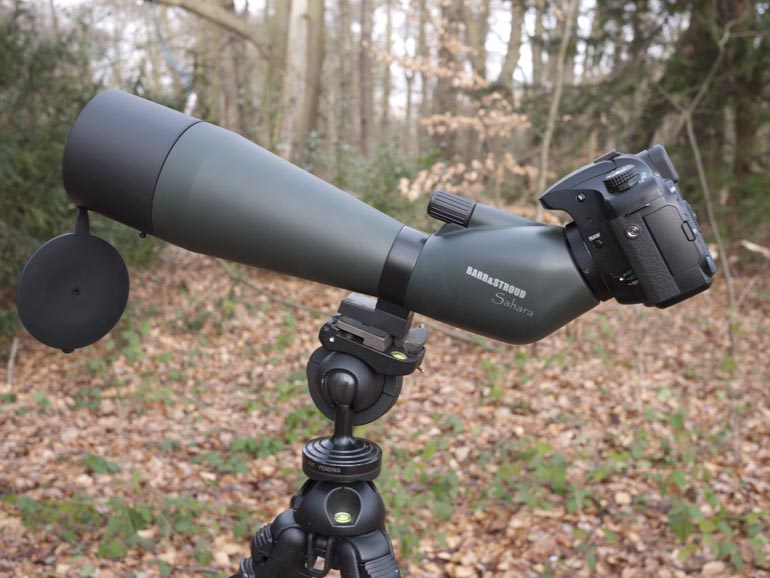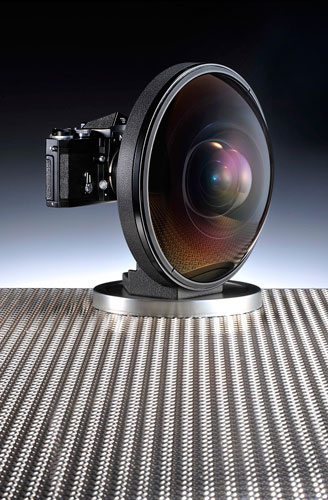Wildlife photographers often wish they owned a longer lens of 500mm or so to taking close ups of birds and other smaller creatures. And often they may already have such a lens in the form of a spotting scope. By attaching the camera to the rear end of the spotting scope you create a lens with a similar magnification to that of around 800mm
This technique is referred to as digiscoping.
You need to buy an adaptor to attach the camera to your spotting scope. These are often specific to the spotting scope and with the exception of a few
camera brand adaptors, they usually all have a T2 mount thread at the camera end. So you buy the adaptor, attach it to the scope and then screw in a T2 adaptor that’s specific to your camera mount. We have the T2 camera mounts here at PhotographyAttic
Camera specific scopes such as the Pentax PF80D need the PF-CA35 which has a direct camera mount.
The Nikon Fieldscope range including the EDIII A need the FSA-L1. Nikon also produce the FSA-L2 for exclusive use on EDG Fieldscopes
Opticron have a wide range of scopes and several adaptor combinations all requiring a T2 mount at the camera end. See the Opticron Telephotography and Digi-scoping page for more details
Swarovski also have a range of scopes and a really informative page on digiscoping: Equipment – spotting scopes, cameras, etc. You need a T2 mount with their systems
Barr & Stroud supply a spotting scope adaptor for their Sahara and Bresser Safari spotting scopes. T2 mount required. This adaptor also fits some Helios, Bresser, Meade and Praktica spotting scopes.
Leica’s DSLR Photo-adaptor allows T2 mounted SLRs to be attached to the Leica Spotting scopes
T2 adaptors do not have any form of electrical contacts so you have to use your camera’s manual or aperture-priority mode. As the spotting scope doesn’t have apertures you just point and shoot and the camera will set the correct shutter speed. You could use the ISO setting to adjust shutter speed and increase the ISO for a faster shutter speed.
Focusing is manual. Focus the scope like you normally would but take more care on accurate point as the lack of depth of field will mean you have to be spot on to get a sharp photo. Also the increased magnification will make it difficult to hand hold so it’s better to use a tripod.
Further reading
Peta Pixel have an interesting article comparing the use of a Spotting scope against a Canon Super telephoto

